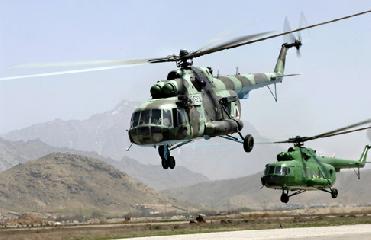
Afghan Air Force helicopters.
KABUL (AP): Dawran Masoomy was once in line to be Afghanistan's first man in space. Nowadays, as a lieutenant general commanding his country's air force, he's happy just to see his vintage planes and middle-aged pilots get back off the ground.
An Afghan air force sounds like a breathtaking ambition in a country still struggling to put together an army on the ground. But the corps is gradually resurrecting itself from wartime destruction and recalling its veteran pilots to duty.
Meanwhile, at Kabul Air Base, neat rows of Russian-built helicopters, gunships and cargo planes shimmer in the midday sun beside massive new hangars and headquarters buildings. Transport planes - US C-17s and Russian-made Antonovs - roar off the runway.
The corps is the "gem" of the country's security forces, according to US Brig Gen Mike Boera. He heads a team of air force instructors within the NATO training command that was set up last year to train Afghanistan's rapidly expanding army and police forces.
The Air Corps has only 3,100 service members and about 50 helicopters and transport planes, but the plan is to boost personnel above 8,000 and add about 100 aircraft. There will be three air wings: at Kabul, at Kandahar in the south, and at Shindand in the west, where a flight training center is being built.
This month the Afghan corps got its first Western military aircraft since the 1950s an Italian-built C-27 light transport which made its maiden operational mission flight from Kabul to Kandahar. A total of 20 of the 1980s-era refurbished Italian planes are to be delivered by the end of 2012, and will form the backbone of the fixed-wing transport squadrons.
Afghanistan's air force dates to the 1920s, and reached its zenith during the 1980s Soviet occupation with nearly 500 fighter planes and bombers, transport aircraft and helicopter gunships. It fell into disuse under Taliban rule following the Soviet withdrawal, and what little remained of the force was destroyed on the ground by US bombing in 2001.
So when the corps was reformed in 2005, it had to start from scratch.
The planes were supplied by former Soviet republics, and pilots who had lain low through the Taliban period and US-led invasion were recruited. Now in their 40s on average - compared with late-20s in most air forces - they have come back to aircraft they know well.
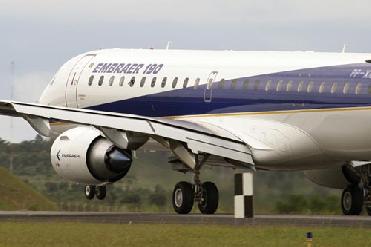 Previous Article
Previous Article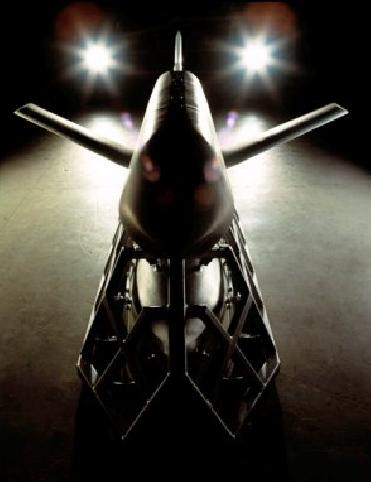 Next Article
Next Article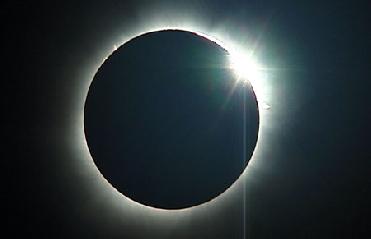
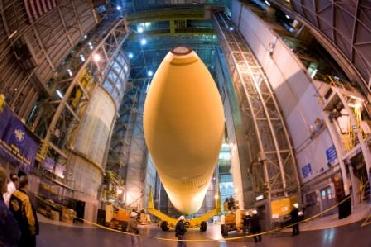
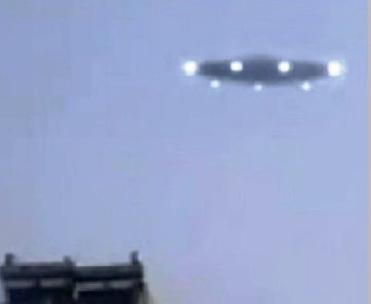
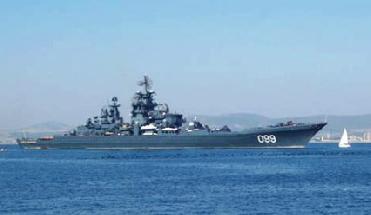










The Indian Air Force, in its flight trials evaluation report submitted before the Defence Ministry l..
view articleAn insight into the Medium Multi-Role Combat Aircraft competition...
view articleSky enthusiasts can now spot the International Space Station (ISS) commanded by Indian-American astr..
view article